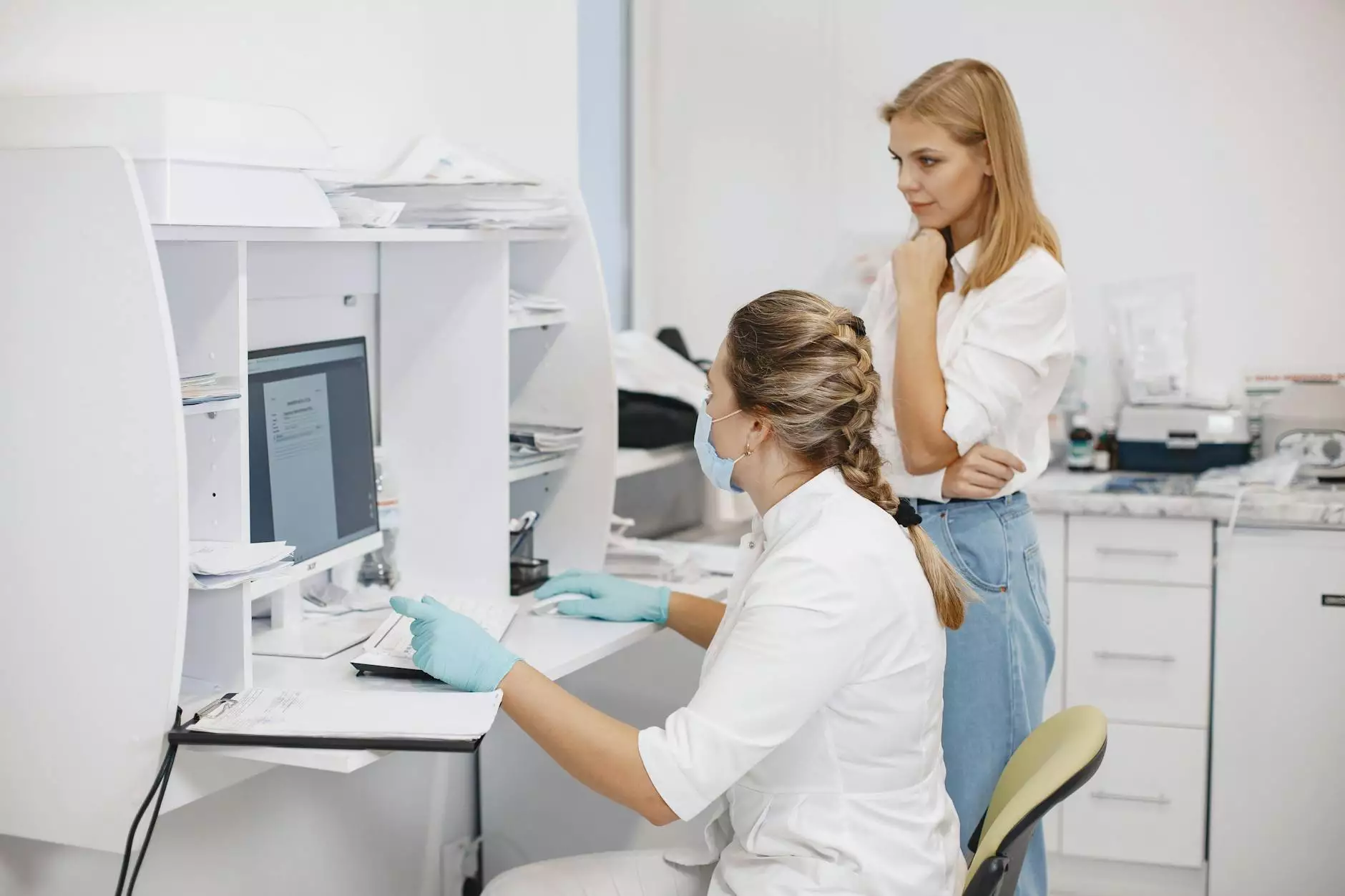Simulation and Participant Buy-In in Geriatric and Aging Care
Blog
Welcome to Kimwell Nursing Home's blog! In this post, we will explore the fascinating world of simulation and participant buy-in in the field of geriatric and aging care. As specialists in providing exceptional care for the elderly, we understand the importance of innovative techniques and approaches that lead to the best quality of life for our residents.
The Significance of Simulation in Geriatric Care
Simulation refers to the process of creating a realistic scenario or environment to imitate real-life situations and experiences. In geriatric care, simulation-based training offers numerous benefits for both caregivers and the elderly.
One of the greatest advantages of simulation is the capability to provide hands-on training to healthcare practitioners. Through simulated scenarios, caregivers can practice their skills, decision-making, and critical thinking abilities in a controlled environment. This allows them to gain confidence, improve their performance, and enhance the overall quality of care provided to elderly individuals.
Moreover, simulation allows healthcare professionals to learn how to manage potential emergencies and complex situations. By exposing them to realistic scenarios, they can master essential skills such as fall prevention, wound care, medication management, and emergency response. This prepares them to handle any unexpected events and ensures the safety of the residents.
Strategies for Implementing Simulation Techniques
Implementing simulation techniques in geriatric care requires careful planning and consideration. At Kimwell Nursing Home, we follow a comprehensive approach to ensure the effectiveness and success of simulation-based training.
1. Identifying Key Training Objectives
Prior to developing any simulation scenarios, it is vital to identify the key training objectives. This involves understanding the specific skills, knowledge, and competencies that need to be addressed. By outlining clear objectives, simulation sessions can target the most relevant areas for improvement.
2. Creating Realistic Scenarios
The success of simulation heavily relies on the realism of the scenarios created. At Kimwell Nursing Home, our team of experts meticulously designs scenarios that mimic real-life situations. This attention to detail helps participants immerse themselves in the experience, leading to better learning and skill development.
3. Incorporating Interprofessional Collaboration
Collaboration among various healthcare professionals is crucial in geriatric care settings. Including interprofessional teams in simulation exercises promotes effective communication, teamwork, and a holistic approach to care. By working together, professionals can enhance the overall quality of care provided to elderly residents.
4. Providing Debriefing and Feedback
After each simulation session, providing debriefing and feedback is essential to maximize the learning experience. Reflection and discussion allow participants to analyze their performance, identify areas for improvement, and learn from their mistakes. This iterative process enables continual growth and development in geriatric care practices.
Participant Buy-In: Fostering Engagement and Empowerment
Participant buy-in is another critical aspect of geriatric and aging care. It involves actively involving residents in the decision-making process and empowering them to take control of their own healthcare journey. At Kimwell Nursing Home, we believe that fostering participant buy-in leads to enhanced overall well-being and a higher quality of life.
Benefits of Participant Buy-In
When participants are actively engaged in their care, several benefits arise. Firstly, it creates a sense of empowerment and autonomy for the elderly, allowing them to maintain their dignity and independence. By involving them in decision-making, we ensure their preferences, values, and goals are accounted for.
Secondly, participant buy-in increases compliance and adherence to medical treatments and therapeutic interventions. When individuals feel heard and valued, they are more likely to follow their prescribed care plans and actively participate in their rehabilitation and recovery process.
Lastly, participant buy-in strengthens the relationship between residents and healthcare providers. By fostering open communication and shared decision-making, trust and rapport are established. This leads to a more collaborative and person-centered approach to care, tailored to the unique needs and preferences of each individual.
Strategies for Fostering Participant Buy-In
At Kimwell Nursing Home, we employ various strategies to encourage and foster participant buy-in among our residents. These strategies include:
1. Active Communication and Listening
Effective communication is fundamental to establishing participant buy-in. Our caregivers engage in active listening, taking the time to truly understand the residents' concerns, preferences, and goals. By maintaining open lines of communication, we ensure that their voices are heard and respected.
2. Shared Decision-Making
We believe in a collaborative approach to care where residents actively participate in decision-making. Whether it's choosing their preferred activities, involvement in therapy options, or meal preferences, their opinions matter. This inclusion empowers them and enhances their sense of ownership over their healthcare journey.
3. Education and Information Sharing
Providing residents with comprehensive information about their care and treatment plans is essential for informed decision-making. Our dedicated team of healthcare professionals ensures that residents have a clear understanding of their medical conditions, available treatment options, and potential outcomes. This knowledge empowers them to actively engage in their care.
4. Personalized Care Plans
Each resident at Kimwell Nursing Home receives personalized care plans tailored to their unique needs and preferences. By considering their individual goals and aspirations, we develop customized strategies that allow them to actively participate and engage in their care. This approach promotes participant buy-in and fosters a sense of control.
Conclusion
In conclusion, simulation and participant buy-in play crucial roles in the field of geriatric and aging care. At Kimwell Nursing Home, we embrace these techniques as part of our commitment to providing exceptional care for the elderly. Through simulation-based training, our caregivers enhance their skills and improve the quality of care. By fostering participant buy-in, we empower residents, promote engagement, and ensure their dignity and well-being are prioritized.










